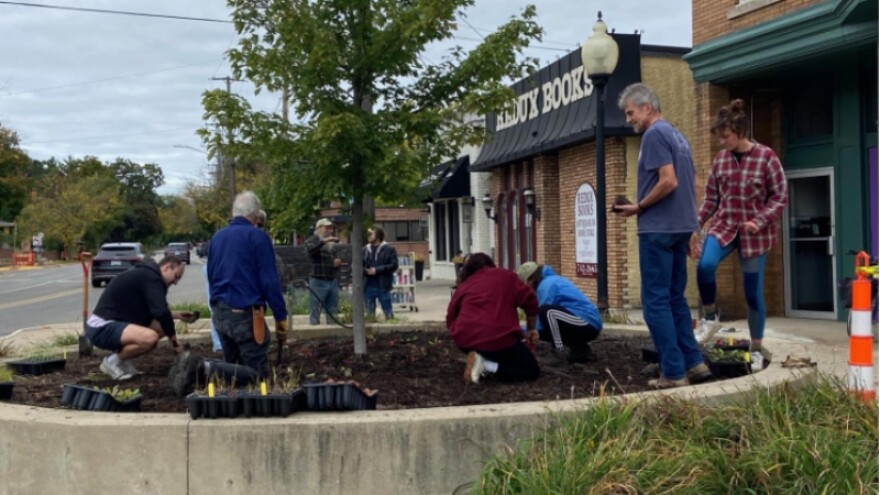“It's as important as any history there is.”
Ron Yob, chairman of the Grand River Bands of Ottawa Indians, says much of history is written by scholars while tribal history is largely oral, passed down generation to generation in homes and at community gatherings.
“We like to share it with other people to let them know that there was a whole group of people and things going on here thousands of years ago.”

For hundreds of years, Grand River Bands of Ottawa Indians carried trade goods on a 10-mile footpath along what is now Fulton Street, Lake Drive and Robinson Road, linking villages with a trading post where Eastown is today.
“And beyond that those trails go actually thousands of miles as evidenced by the Indian mounds that were downtown. There were trade items that came from Florida, silver from the southwest, copper from Ontario. So those trade routes were over 2,000 years old, and they went that far. “
Historian Steve Skaggs with the Eastown Community Association worked to get funding for educational signage and a Michigan Historic marker to place in a garden at the corner of Lake Drive and Robinson Road.
Yob thinks the tribute would please native ancestors.
“This is showing that we are walking the same paths that they walked thousands of years ago and now they developed into highways and major trade routes and transportation routes for people walking, bicycle routes, and it would probably please them to know that those trails are still being walked by the descendants that are living today.”
The educational sign was placed Saturday; the Michigan Historical Commission will meet next month to consider language for the historical marker.
For a weekly dose of news right to your inbox, sign up for the WGVU newsletter".





